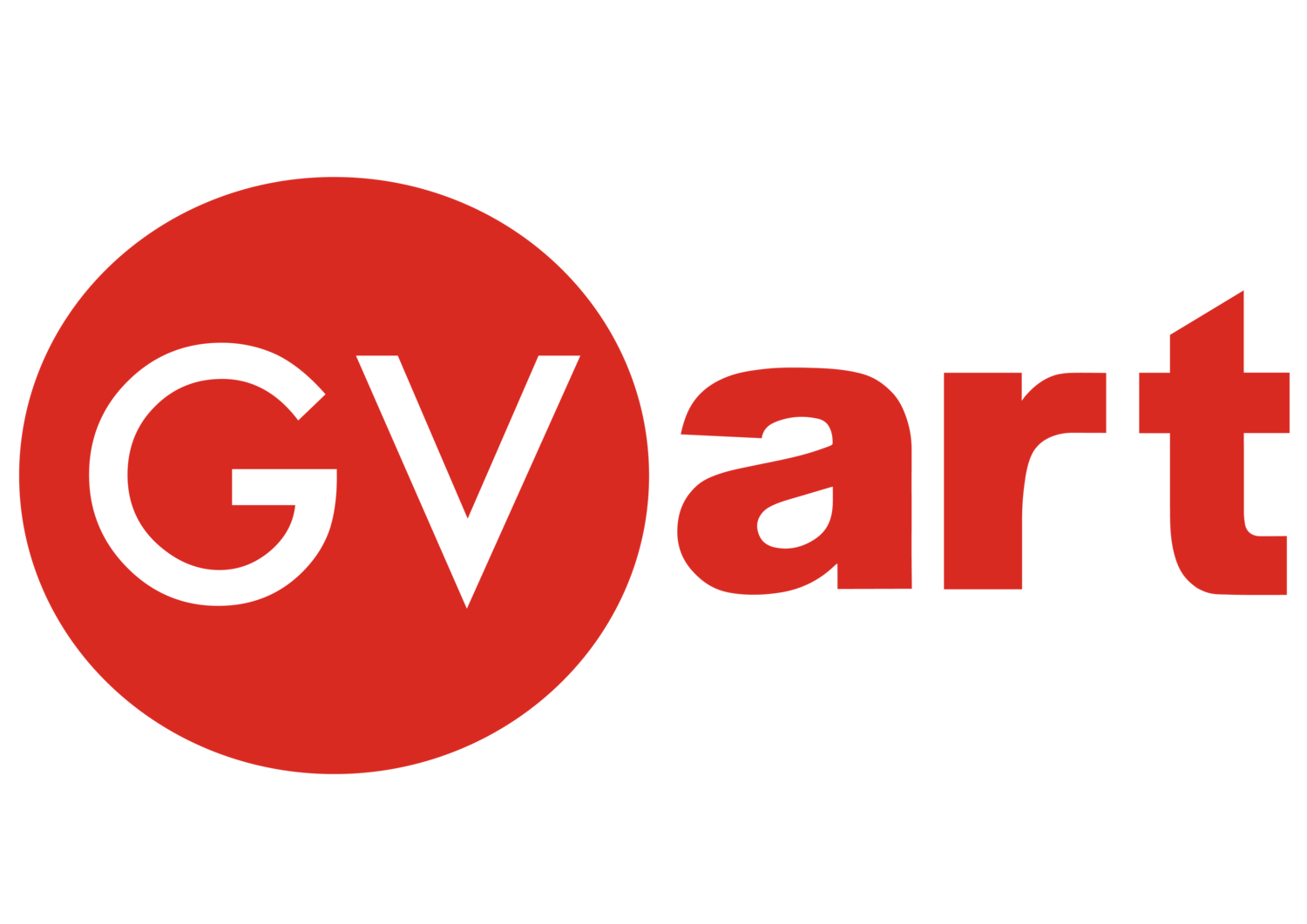What does the Anthropocene mean? | Tuesday 18 November 2014, 6.30pm for a 7pm start
Memory of the ocean, LOST IN FATHOMS, installation image
What does the Anthropocene mean?
Art, ethics and collaboration for a new geological era
Tuesday 18 November 2014, 6.30pm for a 7pm start
Discussion panel; Anaïs Tondeur, Jean-Marc Chomaz, Joanna Zylinska and chaired by Marius Kwint
This discussion will offer an insight into collaborative art-science practices and ethical dilemmas in response to the proposition from many leading geologists that we should call our present era the ‘Anthropocene’ on account of our impact as a species upon the planet. There is little doubt among the scientific community that human activities have profoundly altered the natural course not only of the atmosphere, but also the biosphere (life on earth), the hydrosphere (water on earth) and the lithosphere (the earth itself). What artistic strategies can measure up to the enormous implications of this situation, and what are the ethical limitations to collaborative and creative research in this area? Expert panellists present their differing views and invite questions and contributions from the audience.
Biographies
Dr Marius Kwint is Reader in Visual Culture at the University of Portsmouth, UK, and former Lecturer (and Acting Head of Department) in History of Art and Fellow of St. Catherine’s College in the University of Oxford. In 2012 he was guest curator of the critically acclaimed exhibition Brains: the Mind as Matter, on the history of the brain in science and art, at London’s Wellcome Collection. This was the most popular exhibition ever held at Wellcome and a revised version toured to the Museum of Science and Industry (MOSI) in Manchester in 2013. Previously, after completing his doctorate at Oxford on the history of the circus in 1995, he was appointed Senior Research Fellow in History of Design jointly with the Victoria and Albert Museum and the Royal College of Art in London. In 2005, he devised and co-curated the exhibition Einfach Komplex (Simply Komplex) on the dendritic (branching) form in scientific visual culture, at the Museum für Gestaltung in Zurich. Marius Kwint has written many articles and monograph and catalogue essays on contemporary art and design.
Anaïs Tondeur is a visual artist who works and lives in Paris. She has been commissioned as an artist in residence at the Hydrodynamics laboratory (LadHyx, CNRS, Polytechnique School) (2014-2013, FR), Les 26 Couleurs in their Centre for New Media Arts (2013, FR), Audax Textiel Museum (2011, NL), the Cité Internationale de la dentelle (2011, FR). Her work has been presented in solo exhibitions in Paris and London and group exhibitions shown nationally and internationally. She graduated from the MA Mixed Media at Royal College of Art in 2010, after completing a BA (Hons) in Textiles at Central Saint Martins in 2008. Anaïs Tondeur is represented exclusively by GV Art gallery, London.
Jean-Marc Chomaz is Director of Research at the CNRS, Professor at École Polytechnique, Chair of the LaSIPS department of University Paris-Saclay and associate editor of the Journal of Fluid Mechanics. He is Fellow of the American Physical Society, Churchill College and received the silver medal of CNRS and the Ampère price of the French Science Academy. In 1992, he co-founded the Laboratoire d’Hydrodynamique and initiated art and science collaborations which have been shown in France and abroad.
Joanna Zylinska is Professor of New Media and Communications at Goldsmiths, University of London. The author and editor of many books on art, technology and ethics, she is also a photomedia artist and a curator. her latest publication is Minimal Ethics for the Anthropocene (Open Humanities Press, 2014; e-version available open access:
http://openhumanitiespress.org/minimal-ethics.html)

